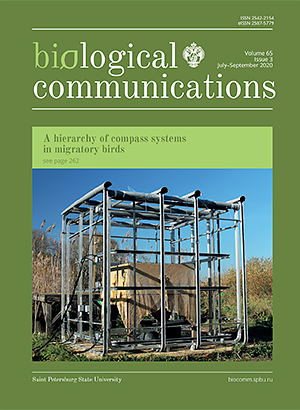Mineral nutrition of buckwheat in fluoride polluted soil: case study in pot experiment
DOI:
https://doi.org/10.21638/spbu03.2020.302Abstract
The research aimed to establish an optimal and safe level of mineral nutrition for buckwheat grown in the fluoride contaminated soil by defining yield and chemical composition of buckwheat grown on acidic soddy-podzolic soil under different levels of fertilization, and assessing the possibility of reducing fluoride phytotoxicity. The mechanisms of plant uptake of fluoride may be influenced by interaction in nutrient uptake by plant. Sodium fluoride solution was applied at the rate of 100 mg per 1 kg of soil mass. Two different experiments were studied under controlled conditions: the first experiment with increasing doses of ammonium nitrate, and the second experiment with increasing doses of orthophosphoric acid. Increase of N fertilization resulted in an increase in the concentration of fluoride in the tissues of buckwheat and lowers yields of plants, while application of P reduced uptake of fluoride and increased productivity of buckwheat. In fluoride contaminated soil the chemical composition of buckwheat was affected by synergism and antagonism of individual elements during absorption by plants. A protective mechanism of buckwheat against negative effect of fluoride was due to its ability to activate metabolism regulating the flow of individual elements in tissue that reduces the adverse impact of pollutant.
Keywords:
buckwheat, fertilizer, fluoride, contamination, nitrogen, phosphorus
Downloads
References
Downloads
Published
How to Cite
License
Articles of Biological Communications are open access distributed under the terms of the License Agreement with Saint Petersburg State University, which permits to the authors unrestricted distribution and self-archiving free of charge.





